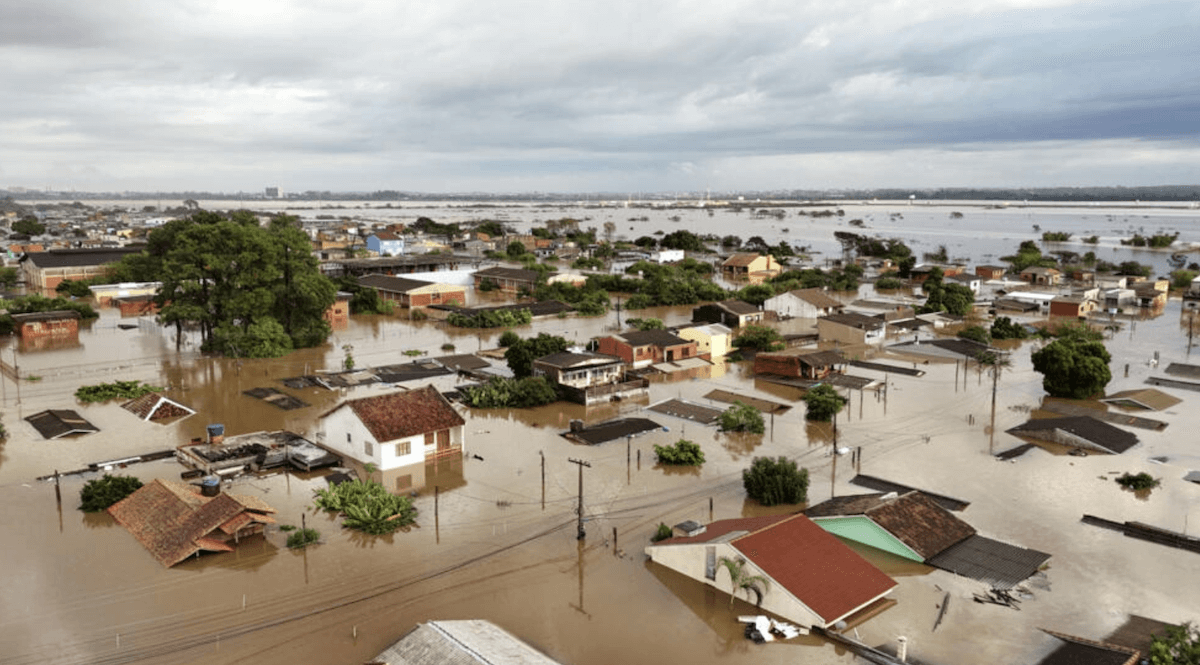Brazil’s Road To Recovery
Image source: Carlos Fabal, AFP
Brazil’s Rio Grande do Sul state is still recovering from historic flooding earlier this month which killed at least 160 people and displaced over 600,000. The region saw 30 inches of rain over several days, an amount more typical over several months. Over 30,000 soldiers, police, and emergency service workers were deployed to rescue more than 69,000 people and 10,000 animals across the state. Experts widely agree that state and local agencies were not prepared to respond to a disaster of this scale, and investments into flooding prevention throughout the state was minimal or non-existent (the state’s capital, Porto Alegre, did not spend a cent on flooding prevention in 2023). As a result, President Lula da Silva will disperse over $10 billion to the region for recovery efforts. Some observers are calling this disaster “Lula’s Katrina.”
What is next for Rio Grande do Sul?
Outdated infrastructure that was once built to keep floods out has trapped the water in, so the floodwaters have yet to completely recede. Health officials reported the first two deaths from waterborne bacterial disease on May 22, and forecasted a surge in the spread of leptospirosis and hepatitis B as residents turn to contaminated water sources amid a lack of potable water. With hundreds of thousands displaced and tens of thousands in shelters, this historic flooding event is expected to set off one of Brazil’s largest cases of climate migration in recent history.
What can be done to lessen the impact of the next disaster?
Residents have complained that they did not have sufficient warning from the government in order to evacuate, and Brazil’s National Water Agency found that every Brazilian Real invested in alert systems for climate events would save 661 Reals (127 USD). Years of deforestation in the region exacerbated the disaster, with soybean farming overtaking lands once occupied by native vegetation that prevented water from accumulating on the surface. An environmental group argued that millions of hectares in the region should be replanted with native plants in order to mitigate flooding impacts. Environmental experts argue that the government needs to strengthen and enforce legislation to protect watersheds and vulnerable areas against activities that make it more susceptible to overflowing, including moving urban infrastructure away from high-risk areas and returning space to the rivers. Rio Grande do Sul’s flooding disaster highlights the importance of investing in emergency preparedness in order to avoid catastrophic loss, in terms of dollars, critical infrastructure, and lives.

